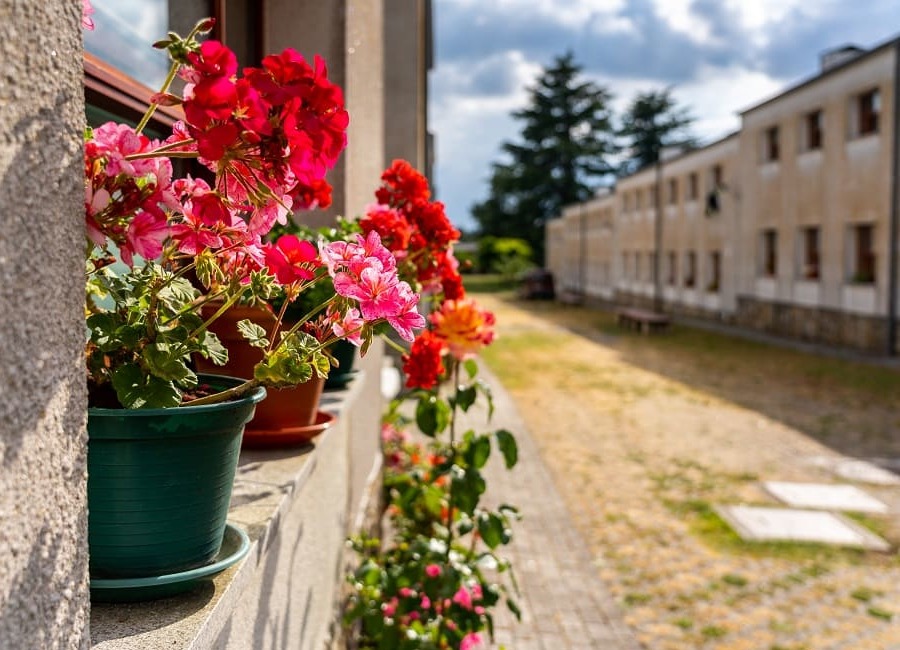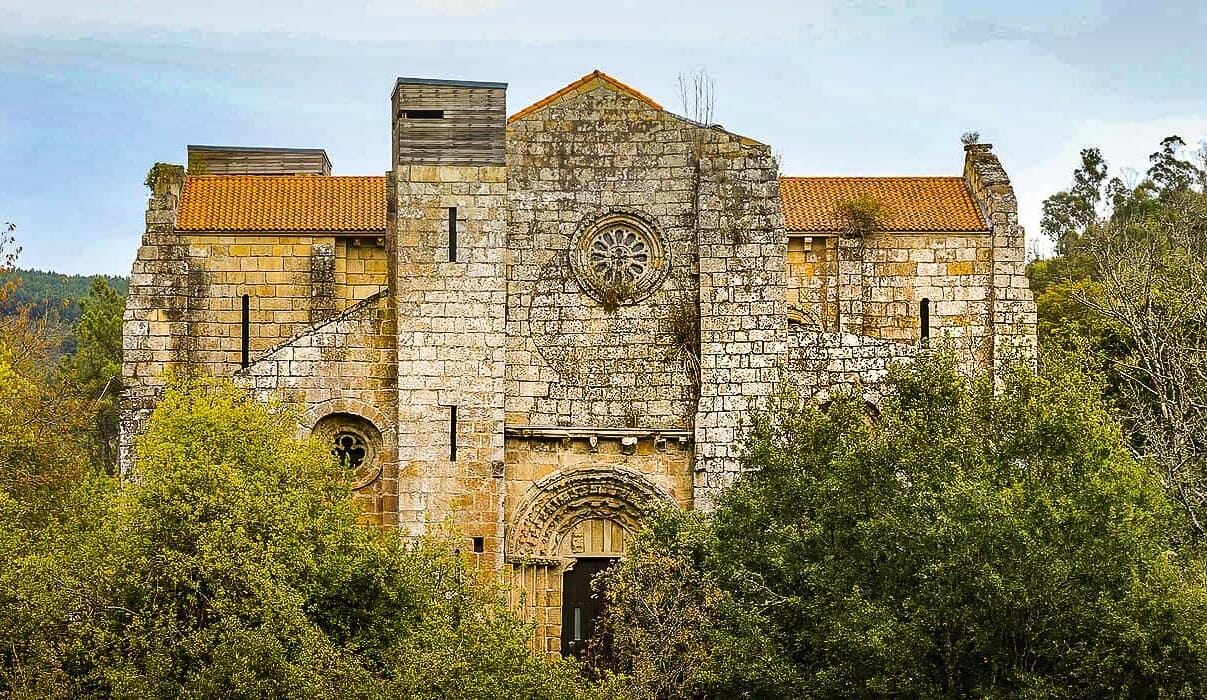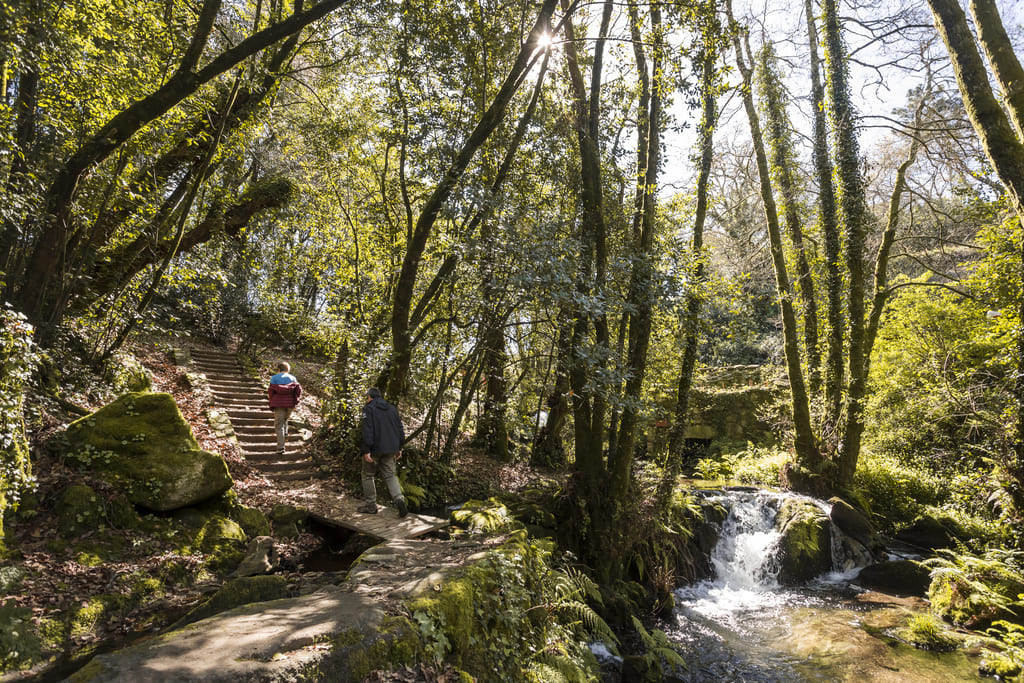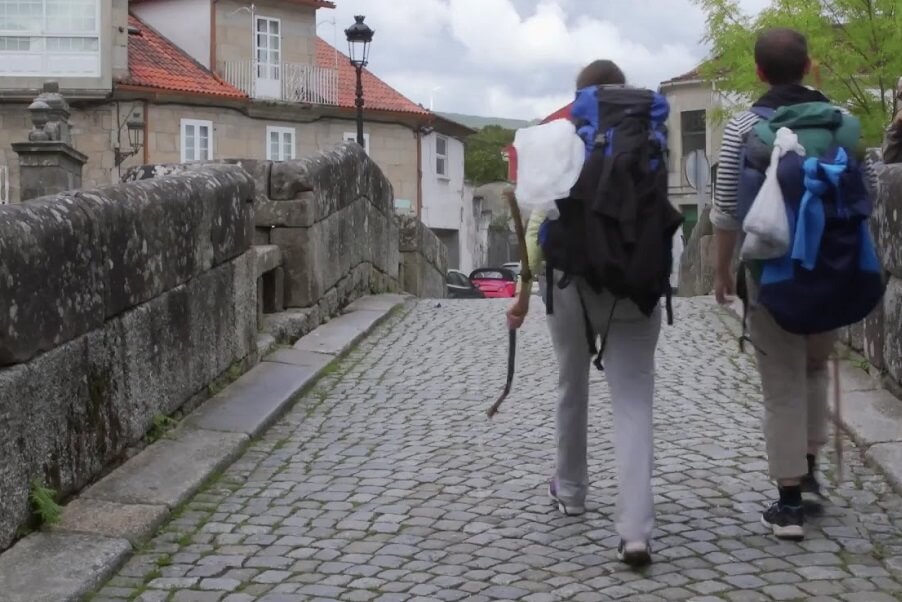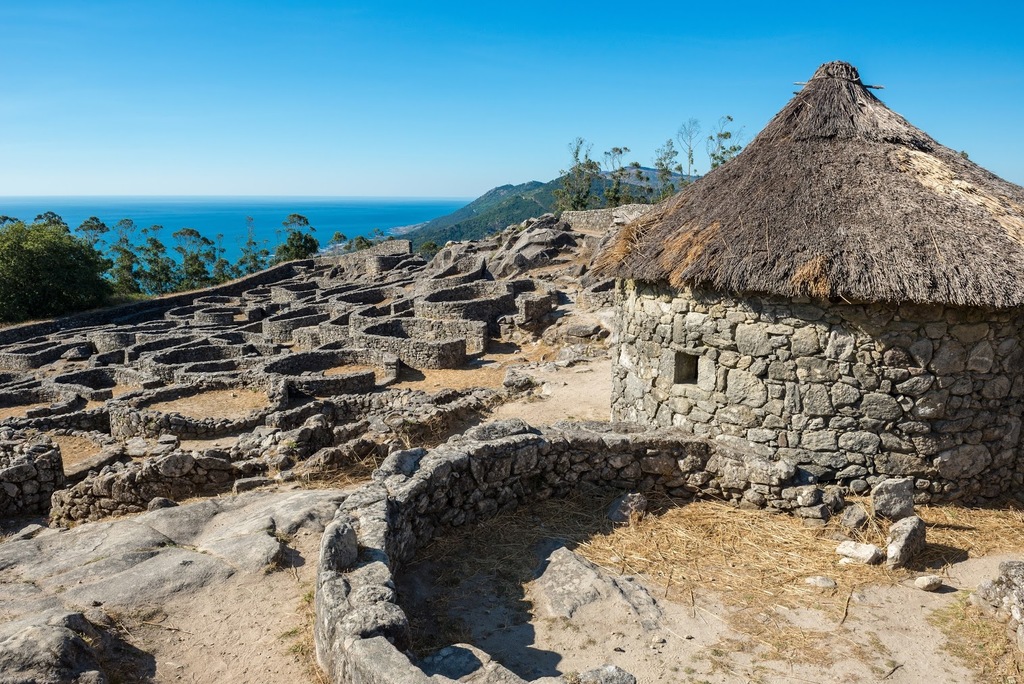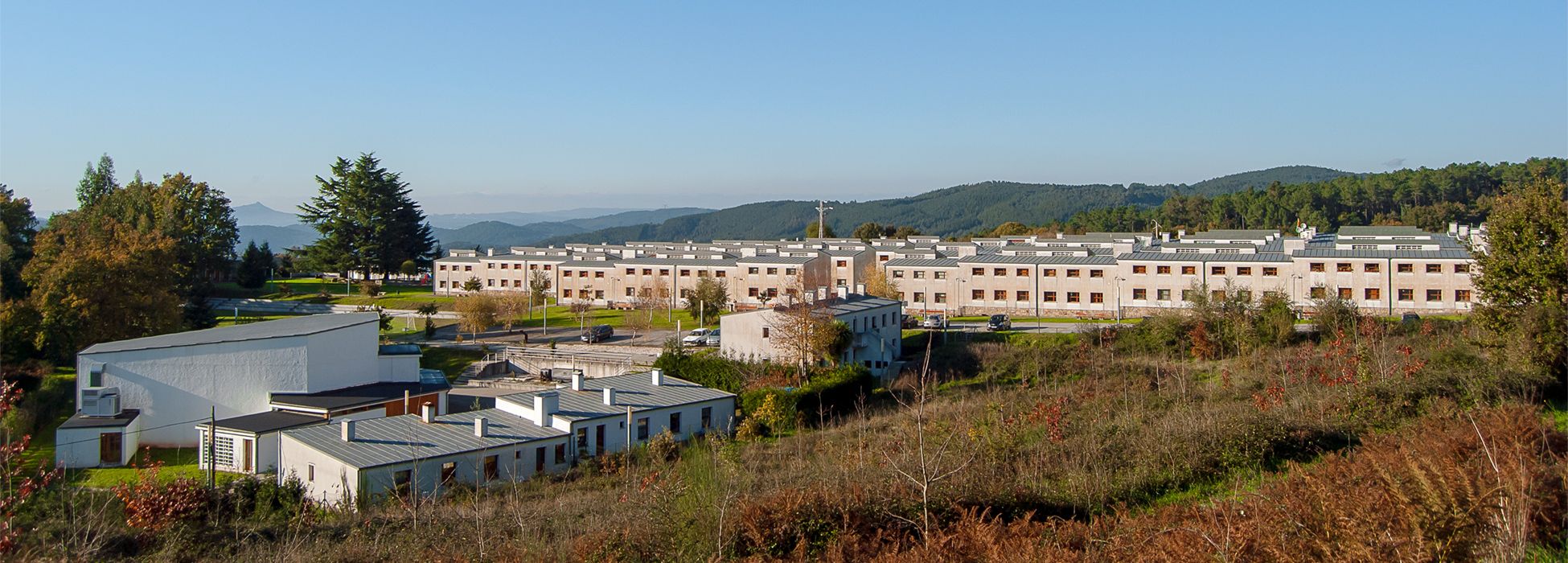
Fontao: the mine of the great wars
Visit the mining town of Vila the Cruces that provided Europe with tin and tungsten intended for military supplies
The mines of Fontao were exploited for 90 years. At the end of the 19th century British engineer Henry Winter Burbury acquired the property and instigated the mining activity in the region, marking the beginning of a period of prosperity in Vila de Cruces. This little town played a decisive role in the course of the great wars over Europe. The locals obtained tin and tungsten, destined mostly to produce military weapons and supplies.
The fall in the price of minerals and the shifting of the battles towards Asia and Africa were the reasons for the galleries to be gradually depleted of activity around the year 1963. The last open pit of the mine was closed ten years later, and the wild activity of previous years led to an empty scenery that, as of now, tries to keep the cultural and historic heritage of the region alive through a mining museum, the Museo da Minería.
don´t miss ...
- Open air museum
- Ancient chapel
- Monastery of Camanzo
- Casa Museo A Solaina
The history of Fontao is a thrilling one. The initial stage, in which work was rudimentarily performed, was followed by the incorporation of the mining knowledge provided by the English and French owners of the mine. That was how they forged a leading industry able to take advantage of the metal’s currency value in Europe during that time.
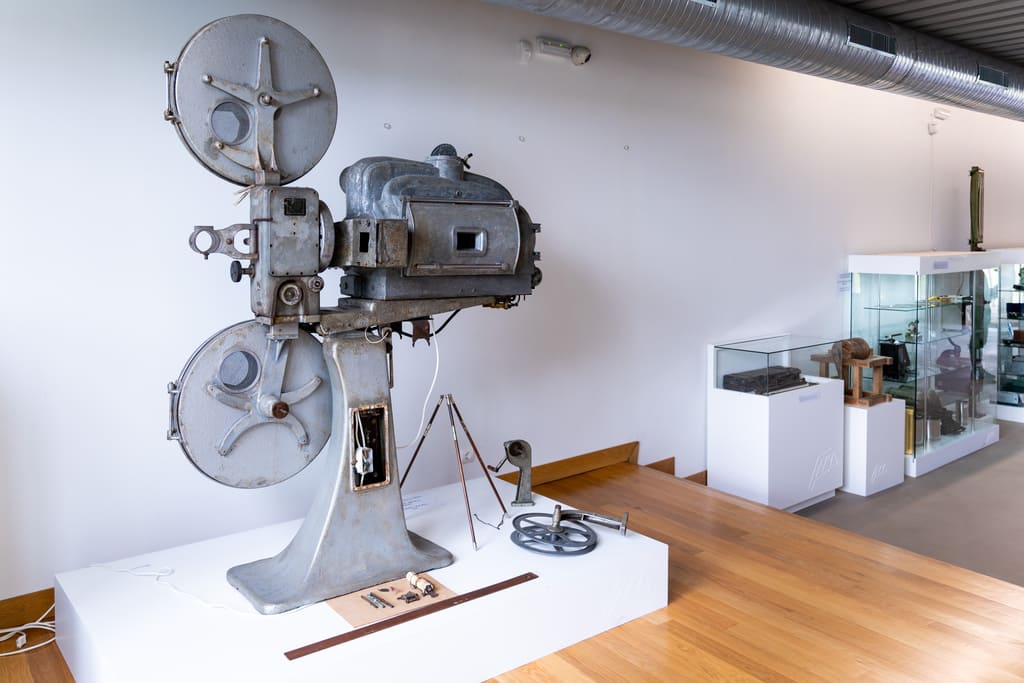
Retrieving history
The Museo de la Minería in Fontao is aimed at promoting the cultural heritage directly or indirectly related to the mine of Fontao through the recovery of documents, maps, publications, photographs and evidence about any material related to this activity. It also serves to preserve and valorise the industrial and mining heritage of Fontao. The collection that is open to the public can be visited in the facilities of common services such as the old cinema, the chapel and the schools, as well as the outdoor areas.
Vila the Cruces was a meeting point for many relevant entrepreneurs, engineers, adventurers, fugitive spies and republican prisoners, given that Fontao was also a destination for groups of political prisoners forced to work during Franco’s dictatorship.
The level of activity was so intense that in 1956 the owners built a whole mining town around the galleries, an enormous effort that included houses, a football field, a school, a cinema and a church, among other facilities. But said town arrived late, since all mining activity was ceased less than five years later and the mine was definitively closed down in 1974.
The extracting activity in the area, which lasted nearly an entire century, modified the landscape and created an important industrial and mining heritage from which several representative elements have been conserved. Today, these elements are very helpful to understand how the golden years of the mine were and how workers and neighbours organised themselves.
To make the most of your tour, you can visit the Monastery of Camanzo, the spa hotel Baños da Brea or the house museum Casa Museo A Solaina and taste the highly famous galo de curral (free range chicken) of Vila de Cruces.









